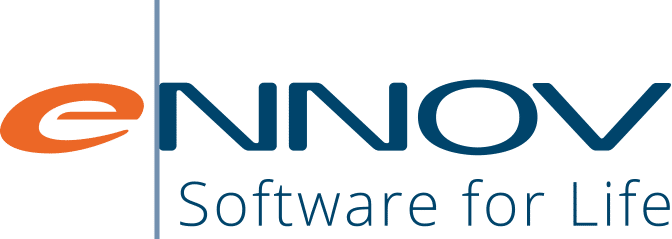In an era marked by rapid technological advancements and increasingly interconnected business ecosystems, the call for seamless integration in Quality Management Systems (QMS) has become not just a desire but a necessity. The ability for different processes and systems to communicate and function as a cohesive unit is paramount. As we embark on this series, the spotlight in our inaugural post is on “Comprehensive Integration” – a cornerstone attribute of the next generation of QMS.
How can your organization stay ahead in the evolving QMS market? Click here to access your complimentary “2023 Gartner® Market Guide for Quality Management System Software“
The Imperative for Comprehensive Integration
The life sciences industry, being a global venture, witnesses a symphony of processes, ranging from research and development, and manufacturing, to distribution and post-market surveillance. These processes are further supported by a myriad of systems, tools, and platforms. The challenge? Ensuring that this array of systems speaks the same language and collaborates harmoniously
A Fragmented Landscape
Historically, many organizations have managed their quality processes through siloed systems. These disjointed systems, while effective in their individual capacities, often lead to inefficiencies when data or insights need to be cross-referenced or shared. In such a scenario, the risk of data duplication, errors, and slower response times magnifies.
Comprehensive Integration: Bridging the Gaps
By emphasizing comprehensive integration, the next-gen QMS aims to ensure that all systems, whether they cater to domestic or international operations, function in unison. Such a cohesive system offers not just operational efficiency but strategic advantages:
- Unified Data Streams: A single source of truth eliminates data redundancies and discrepancies, paving the way for accurate decision-making.
- Faster Response Times: With systems that communicate with each other, the lag time in data retrieval and processing is minimized.
- Enhanced Compliance: With regulations evolving and becoming more stringent, a unified system ensures that all compliance checkpoints are met consistently across the board.
- Global Operability: For organizations operating in multiple geographies, a seamless integrated system ensures that global standards are met while allowing for regional customizations.
Setting the Course
Comprehensive Integration is but one of the crucial attributes of the next-gen QMS that we will explore in this series. Its significance lies in its potential to set the foundation upon which other attributes can build and thrive.
Looking Ahead
The Life Sciences demand precision and cohesion, especially in an age where interconnectedness is key. Our exploration starts with “Comprehensive Integration,” emphasizing its crucial role in next-gen Quality Management Software Systems. Stay tuned to this blog series as we delve into each essential attribute. The pursuit of perfection in the Life Sciences industry is relentless, and having a partner who understands this journey is invaluable. Ennov remains dedicated to empowering our customers with insights, tools, and solutions that will set your business up for success.
Struggling with a rigid QMS that can’t adapt to your evolving needs? Speak with the experts at Ennov to explore scalable and flexible solutions.


